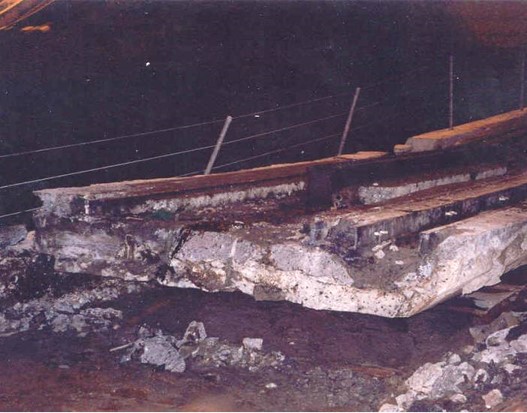Civil and Structural rehabilitation / alteration / decommissioning plays a very critical role in development & growth of cities and their infrastructure thereof. Normally most jobs involve uncontrolled technique – crushing, hacking, breaking and this has direct impact on the surrounding environment – dust, noise, vibratory damage / micro fractures etc. Controlled demolition involves minimal disturbance to existing and surrounding structures and can be carefully executed in a professional and cost effective manner.
Be it rehabilitation of a existing bridge, demolition an operational building or structural alteration of heavily reinforced pier or controlled decommissioning of heavily reinforced concrete or pure steel structures, wet or dry applications, siegenthalerconsulting GmbH provides effective knowhow, expertise and customer centric platform where best possible advice & support is available. From understanding the issue and working within the project constraints on site, to providing a methodology and equipment required to execute the job, we provide a system solution to all your controlled demolition needs.
Below we show you the projects in which the employees of siegenthalerconsulting GmbH were significantly involved in the past.
Upgrade of a dam in Morocco with diamond wire saw technology








- Roughly 3`500 t of dilapidated concrete had to be removed before the actual repair work could begin
- The lower 12 - 20 m of the supporting pillars were dismantled in a controlled manner using diamond wire saw technology
- The diamond wire sawing works was carried out with standard diamond wire saws
- The individual concrete blocks with a weight of 20 - 50 t were lowered by hand with the help of pulley blocks
Renovation work on the Panama Canal with diamond wire saw technology
- At a lock, the upper 2 feet (60 cm) of dilapidated concrete had to be removed
- The most efficient and the most economical solution was the diamond wire saw technology
- The old concrete was removed in segments
- In order to save time, prefabricated concrete elements with the rails mounted on them for the tractors were placed on the cut-off lock walls with special anchors








